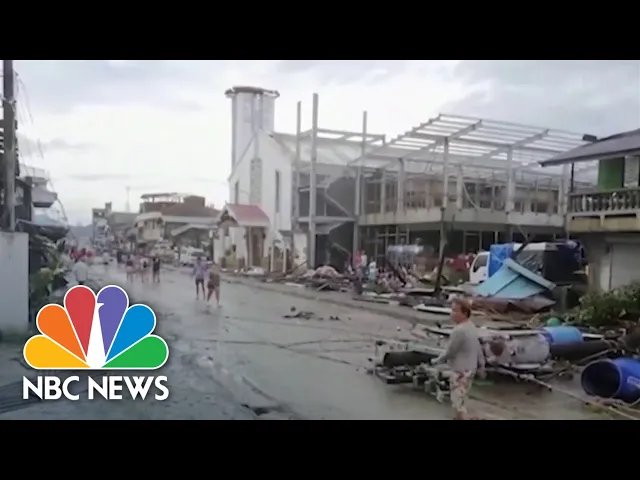
Project Overview
Tabangay Ta is a crowd-sourced directory platform created to assist victims of Super Typhoon Rai (Odette) in the Philippines by efficiently helping them find and share resources during the disaster. My role was to lead user research and ideation, manage social media, and support data entry efforts to maximize the platform’s utility during this critical period.
Context
Super Typhoon Rai (Odette) made a catastrophic landfall in the Visayas and Mindanao regions of the Philippines on December 16, 2021. It unleashed torrential rains, violent winds, landslides, and storm surges, severely affecting over 513,000 families. While many have since returned home, about 9,800 families, or approximately 40,300 people, remain displaced in evacuation centers or with relatives, their homes completely destroyed.
Watching from Vancouver, BC, Canada, the devastation in my hometown of Cebu, one of the areas hardest hit, was heart-wrenching. Concerned and feeling helpless so far from home, I continuously monitored social media for updates on my family and friends. During this time, a post from a friend led me to the Tabangay Ta Initiative, a resource-sharing platform initiated by a developer also from Cebu but based in Manila. Moved by the urgent need and my connection to the affected area, I reached out and offered to contribute my skills to the initiative.
Challenges
The affected communities faced severe difficulties in accessing essential resources such as food, water, shelter, and electricity. The inconsistent information and the widespread devastation made it challenging to understand where help was most needed.
Problem Statement
Research and Design Process
User Research: Leveraged a dedicated Facebook page to directly engage with the community, enabling effective communication and feedback collection. This approach facilitated the gathering of crucial insights through surveys and interviews, which were instrumental in identifying and understanding the community’s most urgent needs.
Heuristic Evaluation: Conducted an initial audit of the platform, which revealed key usability challenges. These included the absence of clear indicators for resource availability and complex user flows that impeded swift access to essential information.
Design Solutions and Implementation
Simplified User Interface: The platform was redesigned to provide clear indicators of resource availability and streamline navigation, enhancing the user experience for those relying on mobile data services due to widespread power and internet outages.
Social Media Integration: Leveraged existing community platforms for easier resource sharing and updates, making the platform an integral part of the community's recovery efforts.
Progressive Disclosure: Implemented to display essential information upfront, with options for more detailed data available as needed, which was crucial for data conservation and usability in a disaster context.
Finalized Web App Design
Outcomes
Learnings and Challenges
This project demonstrated the crucial role of agile, community-centric UX design in crisis situations, highlighting the necessity to prioritize functionality amidst constraints like limited internet access.
The experience sharpened my time management and adaptability skills, as I balanced this urgent initiative with my regular responsibilities. My involvement spanned from UX research and design to back-end data entry and social media management, adapting to diverse roles to meet the project's pressing needs.
Conclusion
Case Study 2021
Made with •ᴗ• in Vancouver, BC
















